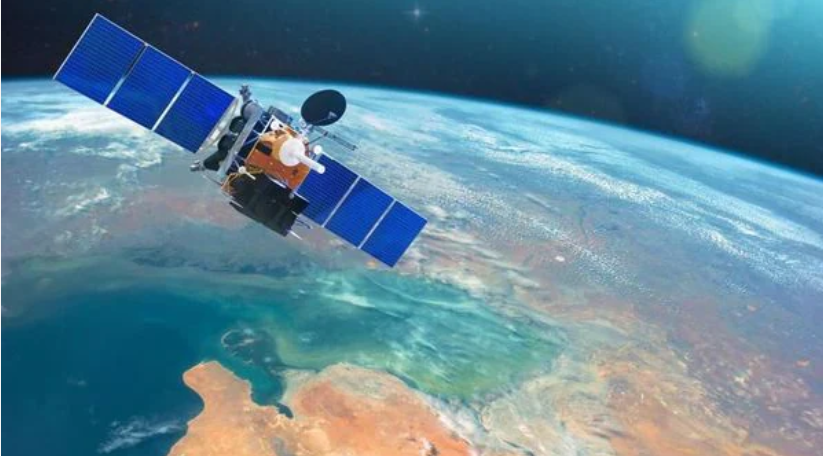In today’s world, where staying connected is essential, Safaricom has partnered with American company AST SpaceMobile to bring satellite services to remote areas where mobile and internet coverage is lacking.
George Adeka, a Senior Manager of Radio Network Implementation and Operations at Safaricom PLC, was conducting a survey in Marigat, Baringo County, when he encountered an urgent situation. A pregnant woman nearby went into labor, but without mobile connectivity, she was unable to call for an ambulance or any emergency services. George had to carry her to the hospital himself. This incident highlighted the severe connectivity issues in remote regions like Northern Kenya, where even a simple phone call during an emergency can be a daunting task.
“I had to carry the pregnant woman to the hospital,” he says.
For 15 years, George has worked to expand network coverage across Kenya, witnessing firsthand the impact of poor or non-existent connectivity. In these underserved regions, the lack of mobile service hinders communication, healthcare access, education, and even social inclusion. The challenges of building infrastructure in these areas are immense, with poor roads and no connection to the national power grid making it costly and difficult to establish base stations.
Safaricom has invested heavily in improving network coverage in remote areas, but the cost is significant, often double or triple that of building a site in more accessible regions. Despite these efforts, challenges like theft, vandalism, and difficult access continue to plague these operations.
To address these issues, Safaricom has introduced an innovative solution called Satellite Mobile, developed in collaboration with AST SpaceMobile. This service utilizes Low Earth Orbit (LEO) satellites, which operate at a lower altitude than traditional geostationary satellites, allowing for faster data transfer and targeted coverage in regions like Mandera, Turkana, and Marsabit counties.
The LEO satellite, positioned 500 kilometers above the Earth, offers a significant improvement in connectivity for these remote areas. To support this system, Safaricom has constructed a ground station in Thika, which will facilitate communication between the satellite and users on the ground. However, the LEO satellite is only visible for short periods during its orbit, necessitating a fleet of about 40 satellites to ensure continuous coverage in Kenya.
“When a customer wants to communicate, the ground station will send a signal to the satellite, which will receive it and then send it back down. This can be done anywhere, particularly in areas without coverage, such as Tsavo East, Tsavo West, North Horr, Turkana, Kakuma, and others,” George says.
Safaricom aims to increase the number of satellites to five in the coming months and eventually to 40 within three years, providing comprehensive coverage to areas currently lacking connectivity. The service will operate on 4G mobile broadband and is designed to complement existing terrestrial networks, particularly in regions with high demand.
“The solution is very effective, and it’s comparable to the terrestrial service that we have. The only challenge we may face is the issue of capacity. In a situation where we’ll have a lot of people clustered in remote areas, making the demand higher, then we will have to complement that with a ground station, which, when you look at it critically, is a very progressive way of rolling out to our sites,” says George
In May 2024, George and his team conducted tests to assess the efficiency of the LEO satellite and its integration with ground-based networks. The project has received strong support from the Kenyan government and the Communications Authority (CA), which has facilitated the trial phase and granted Safaricom a temporary license to operate the technology.
If successful, this initiative could achieve what previous ventures like Google Loon could not. Google Loon, which used high-altitude balloons to provide internet access, was discontinued in 2021 due to financial challenges. The success of the LEO satellite project would mark a significant breakthrough in bringing reliable connectivity to Kenya’s most remote areas.




